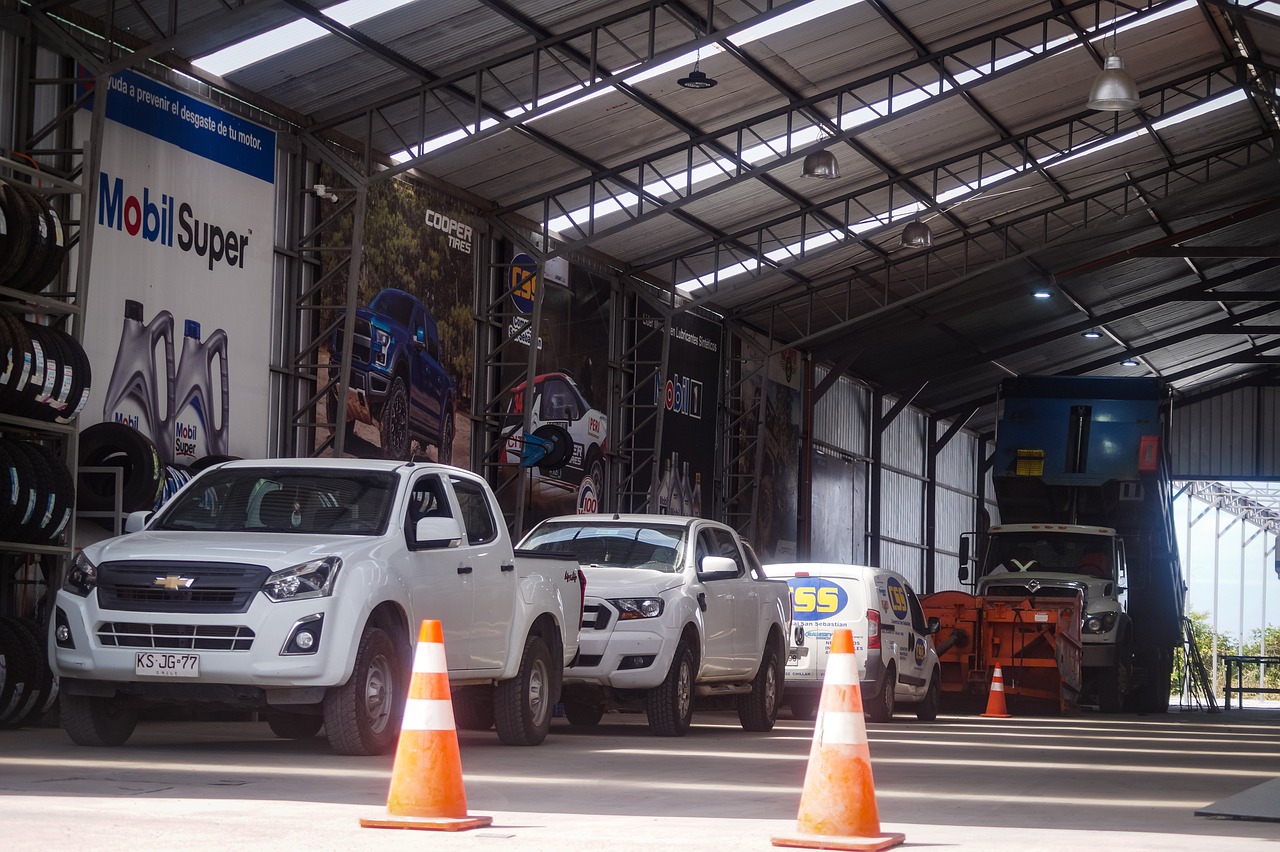Automotive Data Analytics: Utilizing Big Data for Insights and Improvements
sky.247, diamondexch9 com, tiger exchange vip:Automotive Data Analytics: Utilizing Big Data for Insights and Improvements
In the fast-paced world of automotive technology, data analytics has emerged as a powerful tool for unlocking valuable insights and driving improvements in the industry. By harnessing the power of big data, automotive companies can gain a deeper understanding of consumer behavior, optimize operations, and innovate their products and services.
Here, we explore how automotive data analytics is revolutionizing the industry and why companies must embrace this technology to stay ahead of the curve.
The Power of Big Data in Automotive
The automotive industry generates a massive amount of data every day, from vehicle diagnostics and performance metrics to customer preferences and market trends. By leveraging big data analytics tools, companies can process and analyze this information to uncover hidden patterns, trends, and correlations that can inform decision-making and drive innovation.
One of the key advantages of big data analytics in automotive is predictive maintenance. By analyzing data from sensors and connected devices in vehicles, companies can predict when maintenance is needed, reducing downtime and minimizing repair costs. This proactive approach to maintenance not only improves the overall reliability of vehicles but also enhances the customer experience.
Another area where automotive data analytics is making a significant impact is in improving safety on the road. By analyzing data from sensors, cameras, and other sources, companies can identify potential hazards and develop solutions to prevent accidents. For example, advanced driver-assistance systems (ADAS) use data analytics to detect objects in the vehicle’s path and alert drivers to potential dangers, reducing the risk of collisions.
In addition to safety and maintenance, big data analytics can also help automotive companies optimize their supply chain, streamline operations, and enhance the customer experience. By analyzing data from various sources, companies can identify inefficiencies in their processes, make data-driven decisions, and deliver personalized services to customers.
Challenges and Opportunities in Automotive Data Analytics
While the potential benefits of automotive data analytics are vast, there are also challenges that companies must overcome to fully leverage this technology. One of the biggest hurdles is the sheer volume and complexity of data generated by vehicles and other sources. Managing, storing, and analyzing this data can be a daunting task, requiring advanced analytics tools and expertise.
Another challenge is ensuring the privacy and security of data collected from vehicles. With connected cars becoming more prevalent, companies must implement robust security measures to protect sensitive information from cyber threats and unauthorized access. Compliance with regulations such as GDPR and CCPA is also crucial to building trust with customers and maintaining a strong reputation in the industry.
Despite these challenges, the opportunities presented by automotive data analytics are too significant to ignore. By investing in data analytics capabilities, companies can gain a competitive edge, drive innovation, and deliver more value to customers. From improving vehicle performance to enhancing safety on the road, the possibilities are endless.
How to Get Started with Automotive Data Analytics
For companies looking to harness the power of big data in the automotive industry, there are several steps to take to get started with data analytics:
1. Define Your Objectives: Before diving into data analytics, identify your business goals and objectives. Whether you want to improve vehicle performance, reduce maintenance costs, or enhance the customer experience, having a clear vision will guide your data analytics efforts.
2. Collect and Clean Data: Begin by collecting data from various sources, such as vehicles, sensors, and customer interactions. Ensure that the data is clean, accurate, and relevant to your objectives, as poor-quality data can lead to erroneous insights and decisions.
3. Choose the Right Tools: Select data analytics tools and technologies that align with your objectives and data requirements. Whether you opt for cloud-based analytics platforms, predictive modeling software, or data visualization tools, choose tools that are user-friendly and scalable to meet your needs.
4. Analyze and Interpret Data: Use advanced analytics techniques such as machine learning, artificial intelligence, and predictive analytics to extract insights from your data. Identify patterns, trends, and correlations that can inform decision-making and drive improvements in your operations.
5. Implement Actionable Insights: Once you have analyzed your data, develop actionable insights that can be implemented to achieve your goals. Whether you need to optimize your supply chain, enhance vehicle safety features, or personalize your services, take concrete steps to drive improvements based on your data insights.
6. Continuously Monitor and Evaluate: Data analytics is an ongoing process that requires continuous monitoring and evaluation. Keep track of key performance indicators, measure the impact of your data-driven initiatives, and make adjustments as needed to stay on course towards your objectives.
By following these steps and embracing a data-driven approach, automotive companies can unlock the full potential of big data analytics and drive meaningful improvements in their operations and services. From optimizing vehicle performance to enhancing the customer experience, the possibilities are endless when it comes to leveraging data analytics in the automotive industry.
FAQs
Q: What is automotive data analytics?
A: Automotive data analytics is the process of analyzing data generated by vehicles, sensors, and other sources to uncover insights, patterns, and correlations that can inform decision-making and drive improvements in the automotive industry.
Q: How can automotive data analytics improve vehicle performance?
A: By analyzing data from sensors and connected devices in vehicles, companies can identify trends and patterns that can help optimize vehicle performance, reduce maintenance costs, and enhance the overall reliability of vehicles.
Q: What are some challenges of implementing automotive data analytics?
A: Some challenges of implementing automotive data analytics include managing the volume and complexity of data, ensuring data privacy and security, and complying with regulations such as GDPR and CCPA.
Q: How can companies get started with automotive data analytics?
A: To get started with automotive data analytics, companies can begin by defining their objectives, collecting and cleaning data, choosing the right tools, analyzing and interpreting data, implementing actionable insights, and continuously monitoring and evaluating their data-driven initiatives.
Q: What are some benefits of leveraging data analytics in the automotive industry?
A: Some benefits of leveraging data analytics in the automotive industry include improving vehicle performance, enhancing safety on the road, optimizing the supply chain, streamlining operations, and delivering personalized services to customers.
Q: What are some key trends in automotive data analytics?
A: Some key trends in automotive data analytics include the rise of connected cars, the use of artificial intelligence and machine learning technologies, the adoption of predictive maintenance solutions, and the focus on data privacy and security.
In conclusion, automotive data analytics is transforming the industry by enabling companies to unlock valuable insights, drive improvements, and deliver more value to customers. By embracing a data-driven approach and leveraging the power of big data, automotive companies can stay ahead of the curve and lead the way towards a more innovative and efficient future.







